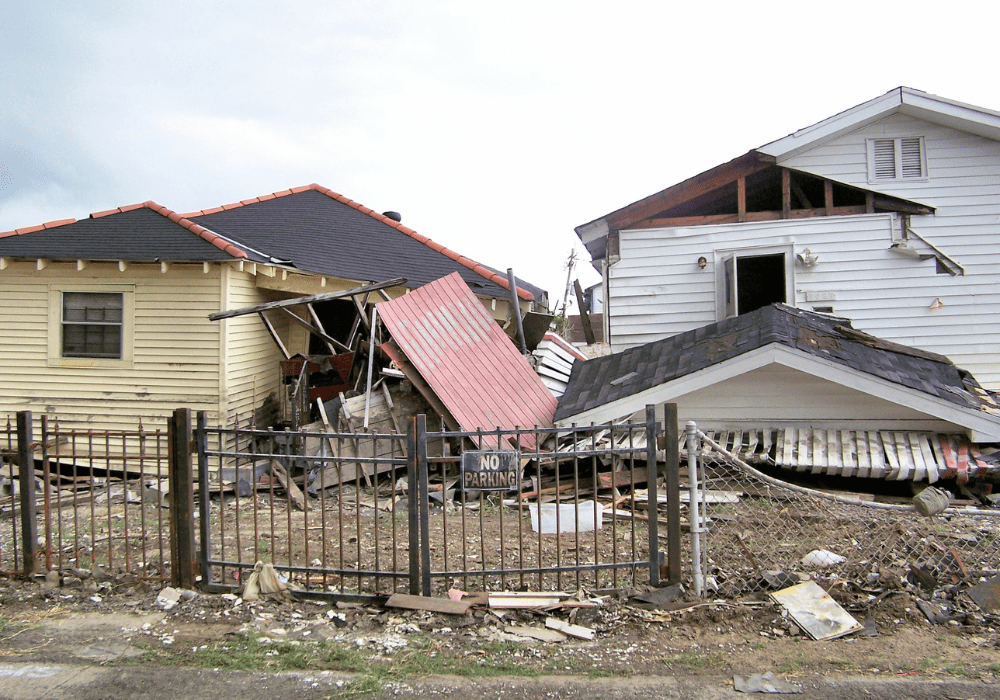
Some observers are beginning to consider the novel’s ability to transport readers through space and time as a possible tool for disaster mitigation, especially by opening a window into the personal effects of public health disasters.
For centuries, novels have acted as a respite from reality, allowing readers to immerse themselves in fictional worlds. They are often seen as therapeutic excursions away from the here and now, not meant to relay critical information but to provide rich details of a life experienced through someone else’s eyes.
However, in Critical Disaster Studies –– edited by Tulane University Assistant Professor Andy Horowitz and New York University Clinical Associate Professor James A. C. Remes, published in 2021 –– Susan Scott Parrish makes the argument in the chapter “Mediating Disaster, or A History of the Novel” that stories can be an effective method of connecting the public to the effects of disasters.
Parrish reasons that research studies and summaries by large governing bodies, such as the National Hurricane Center, can seem distant from the individual experience of the event. Parrish states that novels can address what she calls the “disaster gap,” which describes the disparity in knowledge between experts and the general public. This gap is widened, for instance, when federal sources use generalized terms, such as “affected communities,” when speaking about disasters. The use of such terminology causes details of the individual experiences to take a backseat to the overall impact of a natural disaster, which makes it difficult for readers to connect to the incident.
The author uses the novel “Salvage the Bones,” written by Jesmyn Ward in 2011, as evidence of a book’s power in connecting to and informing its reader. Ward’s story follows a low-income, pregnant African American teenage girl living through Hurricane Katrina. Through this lens, readers begin to empathize with the family’s decision-making throughout the storm and the experiences that came from it –– circumstances that the audience may have previously failed to identify with.
By inhabiting a specific character’s “riskscape,” or the unique risk an individual faces due to demographic and social factors, readers receive an opportunity to grasp what is at stake and what goes into the decision-making process. Policy-makers and disaster management professionals can consult Parrish’s argument to develop more effective methods of disaster communication, and work to implement interventions that address an individual’s needs in disaster mitigation and management.
Read more about the book here.
By Sarah Ortega
